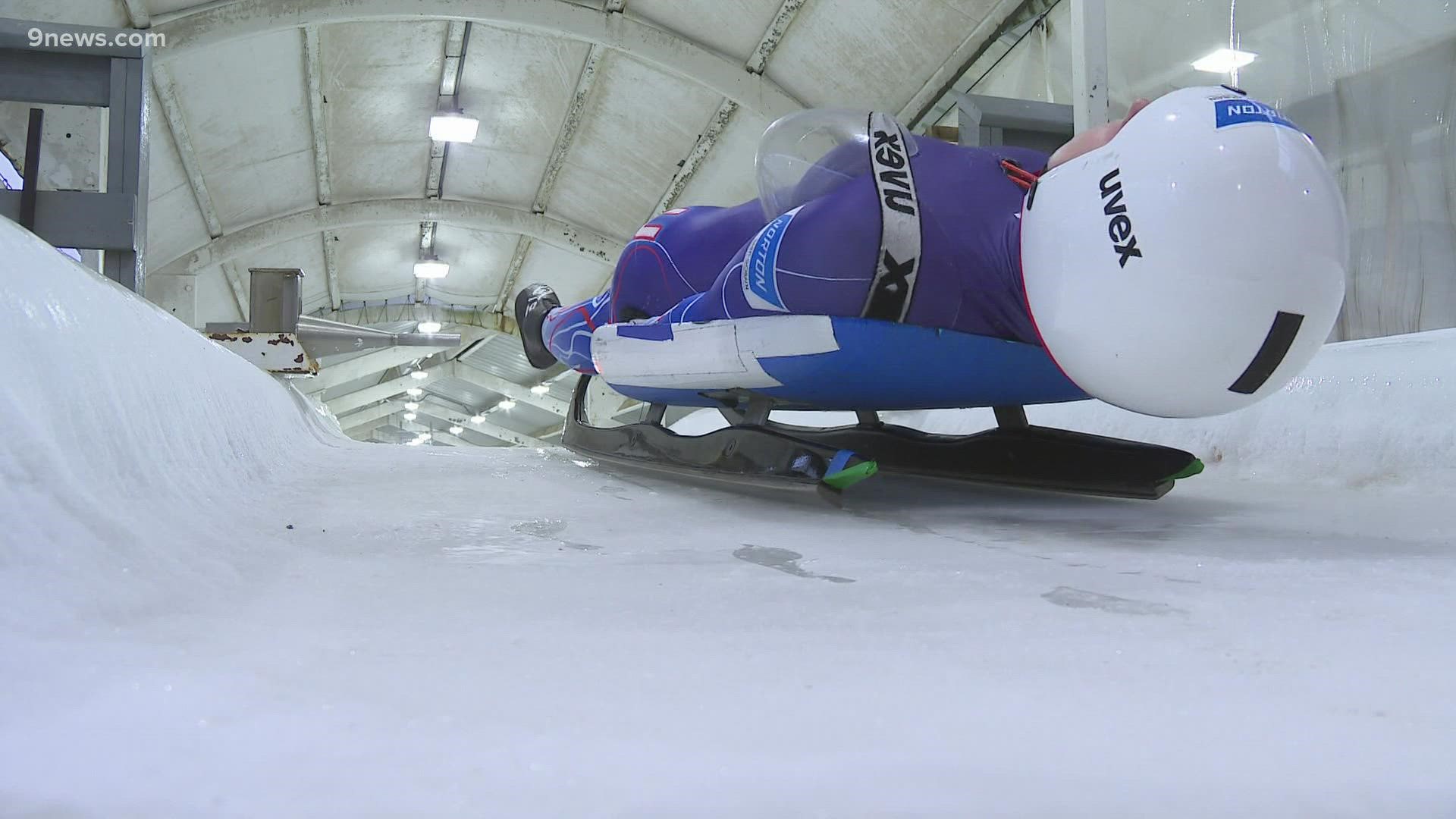BEIJING, China — Luge is timed to the one-thousandth of a second, so anything an Olympic team can do to make their sleds go faster could be an advantage.
The U.S. luge team has won six medals over the years. Members of the team in Beijing agree that when it comes to competition on the world's biggest stage, the sled is almost as valuable as the sliders themselves.
Team USA, like every other luge team, continues to look for new ways to shave seconds, and part of that is the testing and technology put into each sled.
"In luge, the only place you can accelerate is the start," said Gordy Sheer with USA Luge. "Every place else, you’re trying not to lose time or maximize feed, so you have to do everything you can possibly do, whether it’s designing an aerodynamic sled, or reducing friction on the ice for optimizing rider position, optimizing slide design. Really, everything matters."
So teams use 3-D printing, scanning, track mapping and sensors that look at everything from g-force and sled noise to acceleration and track temperature.
When they find something that works, they do their best to keep it under wraps for as long as possible.
When at a competition, sliders keep their sleds in a case to hide their technology from other teams. They take out the sleds right before going on the track. After a run, the sled goes right back into the casing.
Because every edge is one step closer to Olympic gold.
RELATED: How do sliders control a luge sled?
SUGGESTED VIDEOS: Beijing Olympic Games

